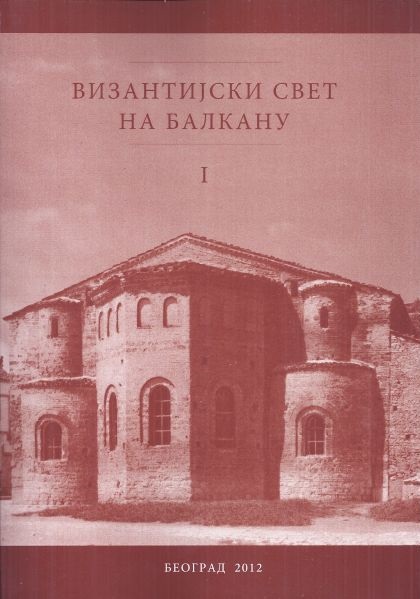Археолошке теме у будућим византолошким истраживањима у Србији
Potential Research Topics in the Field of Byzantine Archeology in Serbia
Author(s): Vesna Bikić, Marko Popović
Subject(s): Historical Geography, Ancient World
Published by: Vizantološki institut SANU
Summary/Abstract: On the whole, archaeological investigation to date has been extensive and varied in character, ranging from small-scale trial excavations, usually aimed at obtaining basic information about particular sites, and excavations within conservation and restoration projects, to long-term systematic excavations. Consequently, the obtained results vary in value. The best explored so far are the sites in the Danube basin and southwest Serbia, while the archaeological picture of other regions is much vaguer. Despite this disproportion, the results of fieldwork and post-fieldwork analysis provide a solid basis for designing a few major research projects, the final outcome of which is expected to have the value of first-rate historical sources. On this occasion, three projects chronologically corresponding to major phases of Byzantine political, economic and cultural history are proposed.
First project is early-Byzantine, encompassing topics relating to fortifications and defence systems, the provisioning of garrisons and trade in general, models and characteristics of planned urbanization and church organization.
Second project would deal with topics relating to the period of restored Byzantine control over the Balkans in the 11th and 12th centuries, such as military and administrative seats on the Empire’s re-established border, the Archbishopric of Ohrid, especially the issues such as Christianization and the extent of Byzantinization, including the identification of the symbiosis and distinguishing between Byzantine influence and Slavic legacy.
Third project would focus on exploring Byzantine urban and proto-urban centres within the medieval Serbian state, involving programmes of physical and chemical analyses of the recovered archaeological material, which may provide key answers to questions concerning the nature of the economy and trade between the Byzantine core areas and the Balkans.
The proposed archaeological projects are expected to come up with some answers to central questions in the field of Byzantine studies. In that sense, the early-Byzantine topics are fully in tune with current concerns within Byzantine studies in Europe, and will make a significant contribution to them. On the other hand, the proposed middle and late Byzantine projects fit into the concerns of Balkan Byzantinology and, as such, have a strong potential for improving the understanding of architecture, culture and art in the Byzantine Balkan provinces. Given that Byzantine archaeology forms an integral part of national archaeology in Serbia, these projects are expected to result in a significant, if not landmark, contribution to understanding the complexity of medieval Serbian culture in general and the decorative arts in particular. In that sense, apart from research based on the archaeological methods, programmes of physical and chemical analyses of products, semi-products and raw materials are proposed for all topics. In addition to identifying the nature of the economy and trade between the Byzantine core areas and the Balkans, such analyses should help clarify technological aspects, i.e. differences and similarities between Byzantine products and contemporary domestic products modelled after them, as well as artefacts of a later date relied on Byzantine technology and style. Of course, publication of excavation and post-excavation results, and the study of artefacts belonging to the Byzantine cultural orbit by origin or inspiration, remain the first and foremost prerequisite for accomplishing the defined project goals.
Book: Византијски свет на Балкану I-II
- Page Range: 653-665
- Page Count: 13
- Publication Year: 2012
- Language: Serbian
- Content File-PDF

